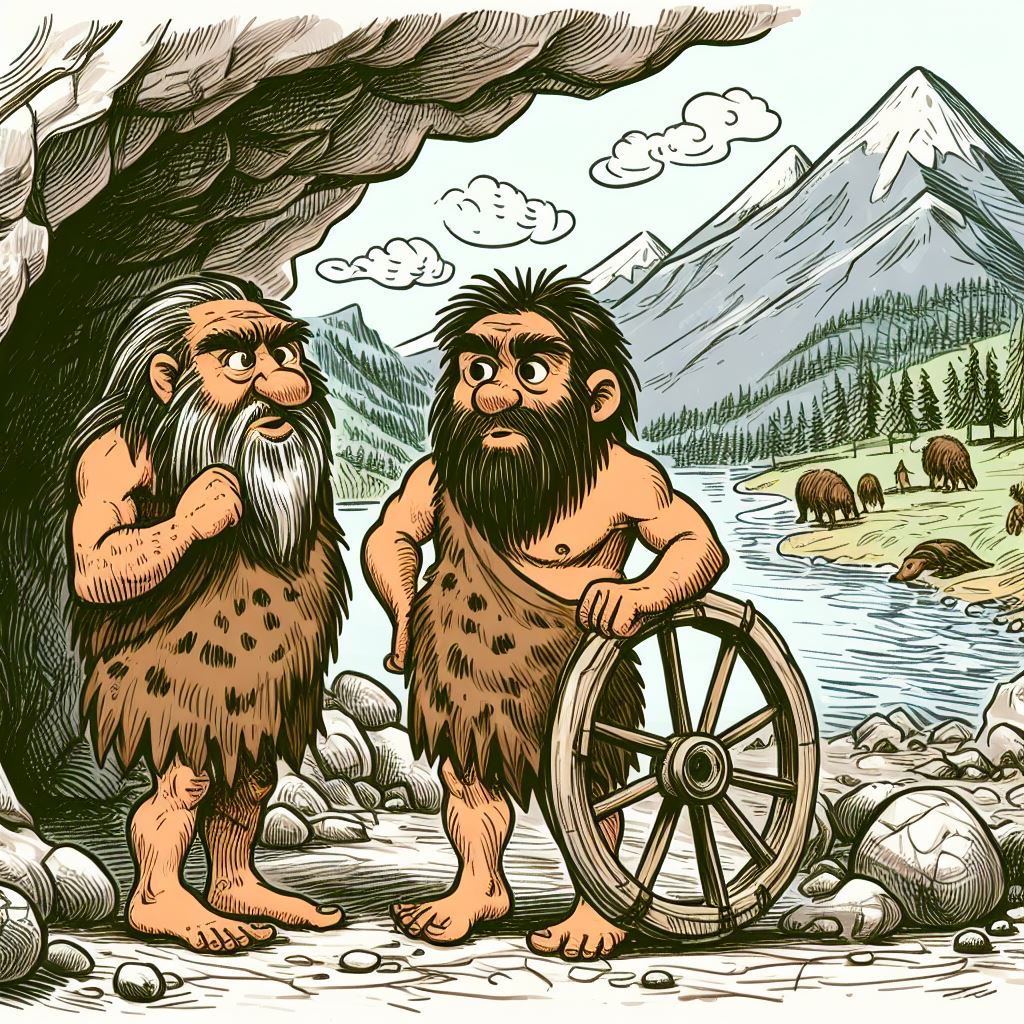There are no studies to prove it, but psychology has likely been used in every form of marketing since the beginning of time. Even if they don’t explicitly know it, people who have something to sell almost always appeal to psychology to convince someone to part with their money.

While this has been effective for a long time, it works better when you understand the concepts and use them ethically to drive people to action.
Can you outright lie to get people to buy something? Sure. But karma is waiting around the corner. That’s why it’s important to understand some of the most common ways psychology is used in advertising so you can use it the right way and focus on the long-term success of your product or service.
The Fallacy of Logic
People are rational and logical creatures. We weigh the pros and cons of decisions and come to a conclusion based on facts, right? Wrong. Sort of. Humans are logical, but much more driven by emotion than we like to admit.
Tapping into emotions like humor, fear, and empathy is much more effective at connecting with a target audience than dry facts and figures.
If logic is all that mattered, everyone would probably drive a Honda Accord. But, cars are often marketed on the “feeling” you get while driving them. For almost any product, it’s more about emotion than pure practicality.
Most Humans Like to Fit In
We are social creatures. We have an innate drive to fit in and be part of the crowd. Probably because that was key to our survival before we spent most of our lives indoors. It’s just part of our nature.
It’s like when you’re in high school. The “cool kids” drive trends and influence others because everyone wants to be part of the “in” crowd. Celebrity endorsements and online influencers take advantage of this. Simply add Taylor Swift or the latest YouTuber, and suddenly your product is cool.
Also, nothing draws a crowd like a crowd. People used to crowd around the fast-talking salesman at the mall kiosk. Now, the “crowd” is sharing about the same product on TikTok. As a result, user-generated content has become a vital tool for advertisers to establish social proof.
Humans Hate Missing Out
Hurry! Supplies are running out! Tickets are almost sold out! Act fast while supplies last! One-day-only sale!
All of these are examples of using fear of missing out (FOMO) in advertising. Nobody likes to be the only one who doesn’t get invited or get their hands on the latest hot product.
Limited availability, or scarcity, is a powerful tool in advertising because it forces people to make a decision faster. This leads to more impulsive purchases because they need to have it now.
Nike does a great job of this with limited releases of Air Jordans. Just change a color and only release a few and it’s the next pair everyone has to have.
The Power of Storytelling

Throughout human history, narrative has been how lessons are passed along and how people learn about the complexities of their world. Storytelling in advertising is powerful because it resonates on a deeper level than simply touting a product’s basic benefits.
Take toothpaste, for example. Of course, you don’t want your teeth to fall out, but the real reason most people buy toothpaste is to have good breath and a nice smile for others to see.
Having a dentist stand there and explain the benefits of toothpaste is one thing. Showing a romantic connection forming because someone has a nice smile is another. That’s storytelling in advertising.
Using Bias to Your Benefit
Anchoring bias is when a product is perceived as more valuable than its current cost. In other words, it’s when the higher price is slashed out and a cheaper price is highlighted.
By seeing the higher price, an “anchor” is set at what a customer should be paying for a product if they weren’t so lucky and happened upon this incredible deal.
The use of anchoring bias often comes under scrutiny as the original price can be inflated to make it seem like an even better deal. The FTC has several policies to protect people from deceptive pricing.
Doing Things the Right Way
All of these concepts are easy to employ and could be exploited by almost anyone. It’s easy to lie or embellish to get people to buy something. But, there are always consequences.
Today, those consequences would likely come in the form of negative online reviews that doom a business’s long-term viability. You can only get away with it for so long.
It’s a balance. There’s nothing wrong with using psychology in advertising. GEICO uses humor. Charities use empathy. Shoe companies use endorsements. Every retail outlet uses anchoring bias. But, it’s crucial to use psychological tactics responsibly.
It’s not only the right thing to do, but it’s also good for business.
Digital Marketing Company in Atlanta
At The Kool Source, a digital marketing agency in Atlanta, we know how to implement psychological tactics in advertising the right way. It’s not about fooling or tricking people, it’s about steering people toward the right (your) products or services.
Do you have a product or service you could use some help selling? Talk to The Kool Source about a research-backed campaign that uses proven tactics to get your business VISIBLE. FOUND. PAID.
- How to Use AI to Market Your Small Business in Atlanta - October 9, 2025
- Generative Engine Optimization (GEO) and Why Your Local Blog is Your Secret Weapon - September 11, 2025
- Chunking and the Rise of SEO for Artificial Intelligence - August 11, 2025


0 Comments